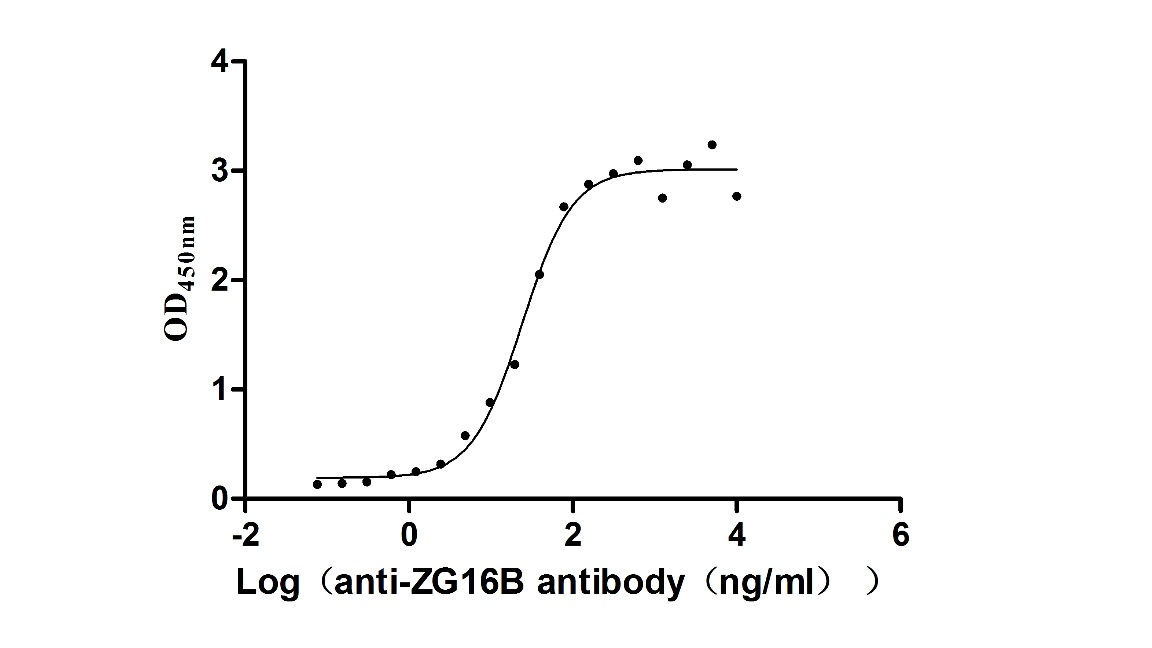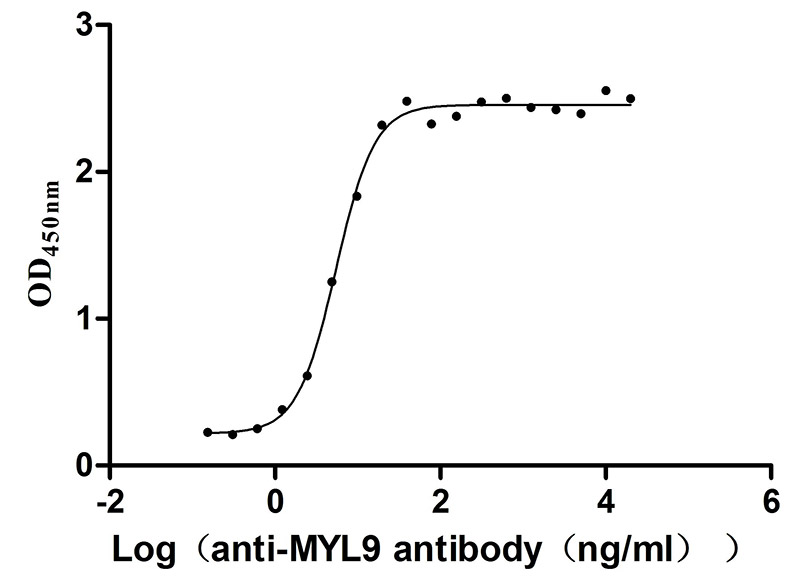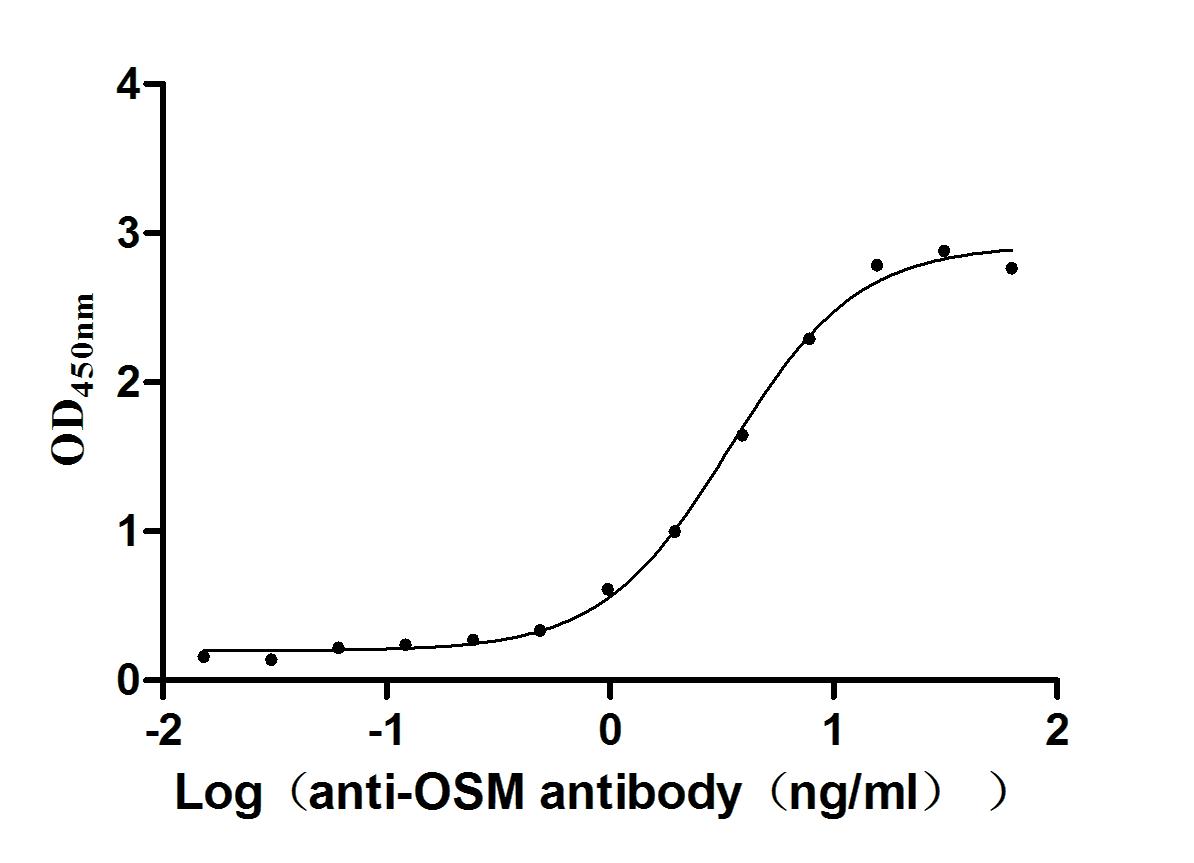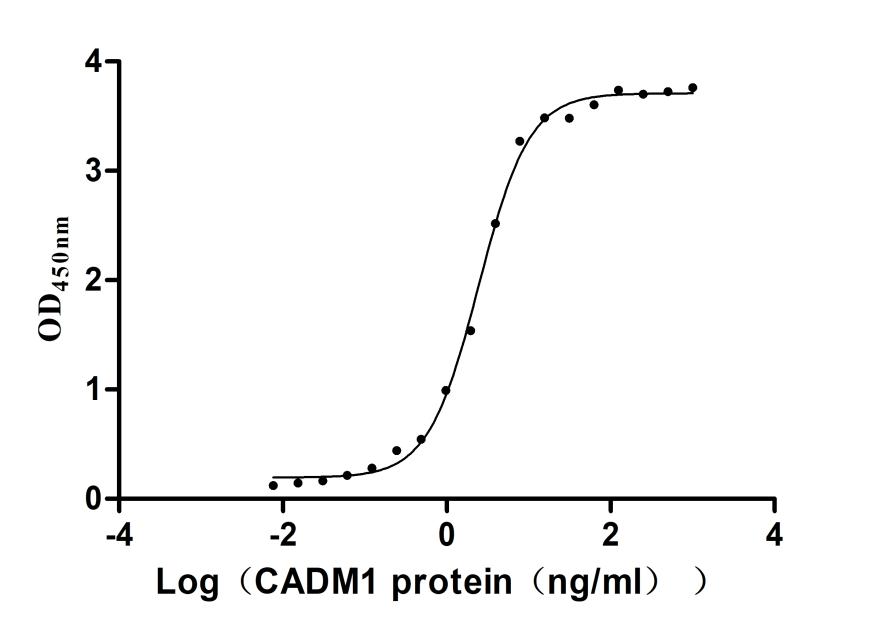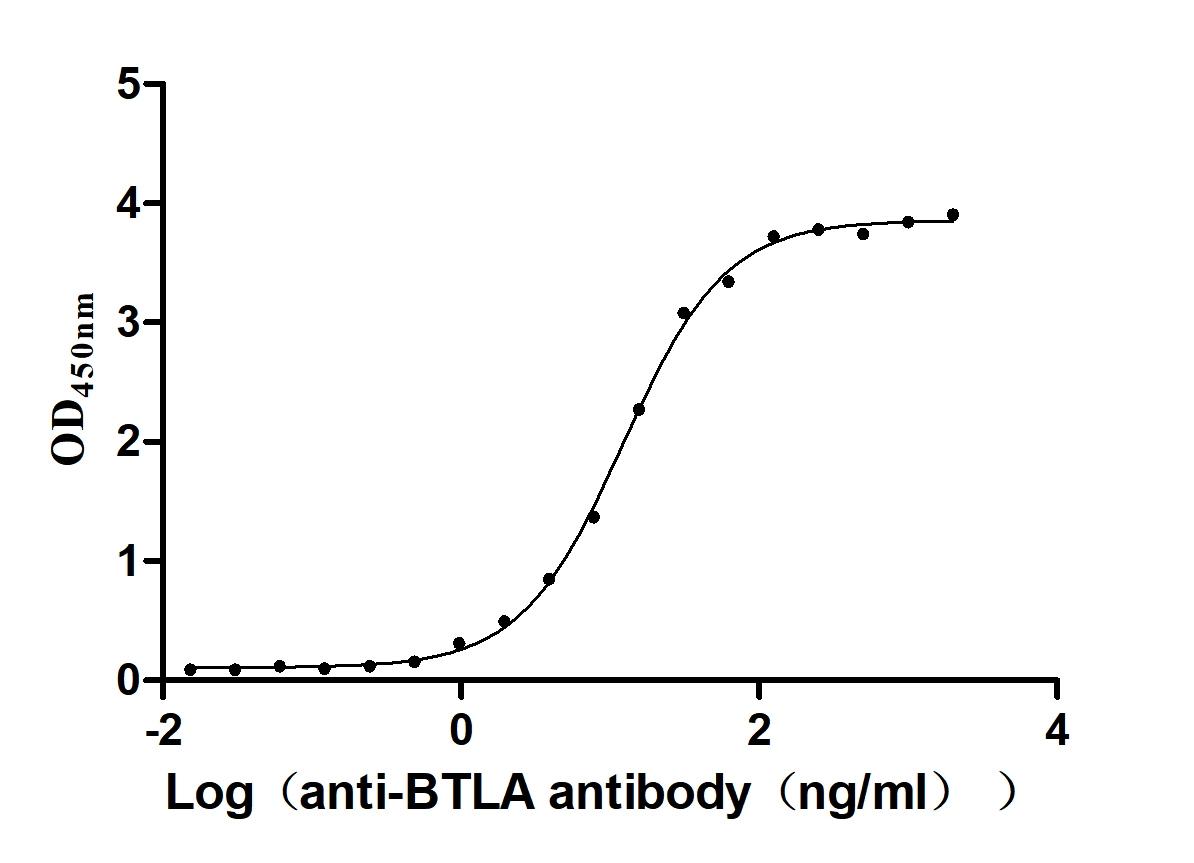Recombinant Schizosaccharomyces pombe Structural maintenance of chromosomes protein 2 (cut14), partial
-
中文名稱:Recombinant Schizosaccharomyces pombe Structural maintenance of chromosomes protein 2(cut14) ,partial
-
貨號(hào):CSB-YP021814SXV
-
規(guī)格:
-
來(lái)源:Yeast
-
其他:
-
中文名稱:Recombinant Schizosaccharomyces pombe Structural maintenance of chromosomes protein 2(cut14) ,partial
-
貨號(hào):CSB-EP021814SXV
-
規(guī)格:
-
來(lái)源:E.coli
-
其他:
-
中文名稱:Recombinant Schizosaccharomyces pombe Structural maintenance of chromosomes protein 2(cut14) ,partial
-
貨號(hào):CSB-EP021814SXV-B
-
規(guī)格:
-
來(lái)源:E.coli
-
共軛:Avi-tag Biotinylated
E. coli biotin ligase (BirA) is highly specific in covalently attaching biotin to the 15 amino acid AviTag peptide. This recombinant protein was biotinylated in vivo by AviTag-BirA technology, which method is BriA catalyzes amide linkage between the biotin and the specific lysine of the AviTag.
-
其他:
-
中文名稱:Recombinant Schizosaccharomyces pombe Structural maintenance of chromosomes protein 2(cut14) ,partial
-
貨號(hào):CSB-BP021814SXV
-
規(guī)格:
-
來(lái)源:Baculovirus
-
其他:
-
中文名稱:Recombinant Schizosaccharomyces pombe Structural maintenance of chromosomes protein 2(cut14) ,partial
-
貨號(hào):CSB-MP021814SXV
-
規(guī)格:
-
來(lái)源:Mammalian cell
-
其他:
產(chǎn)品詳情
-
純度:>85% (SDS-PAGE)
-
基因名:cut14
-
Uniprot No.:
-
別名:cut14; smc2; SPBP4H10.06c; Structural maintenance of chromosomes protein 2; Cell untimely torn protein 14; Chromosome segregation protein cut14
-
種屬:Schizosaccharomyces pombe (strain 972 / ATCC 24843) (Fission yeast)
-
蛋白長(zhǎng)度:Partial
-
蛋白標(biāo)簽:Tag?type?will?be?determined?during?the?manufacturing?process.
The tag type will be determined during production process. If you have specified tag type, please tell us and we will develop the specified tag preferentially. -
產(chǎn)品提供形式:Lyophilized powder
Note: We will preferentially ship the format that we have in stock, however, if you have any special requirement for the format, please remark your requirement when placing the order, we will prepare according to your demand. -
復(fù)溶:We recommend that this vial be briefly centrifuged prior to opening to bring the contents to the bottom. Please reconstitute protein in deionized sterile water to a concentration of 0.1-1.0 mg/mL.We recommend to add 5-50% of glycerol (final concentration) and aliquot for long-term storage at -20℃/-80℃. Our default final concentration of glycerol is 50%. Customers could use it as reference.
-
儲(chǔ)存條件:Store at -20°C/-80°C upon receipt, aliquoting is necessary for mutiple use. Avoid repeated freeze-thaw cycles.
-
保質(zhì)期:The shelf life is related to many factors, storage state, buffer ingredients, storage temperature and the stability of the protein itself.
Generally, the shelf life of liquid form is 6 months at -20°C/-80°C. The shelf life of lyophilized form is 12 months at -20°C/-80°C. -
貨期:Delivery time may differ from different purchasing way or location, please kindly consult your local distributors for specific delivery time.Note: All of our proteins are default shipped with normal blue ice packs, if you request to ship with dry ice, please communicate with us in advance and extra fees will be charged.
-
注意事項(xiàng):Repeated freezing and thawing is not recommended. Store working aliquots at 4°C for up to one week.
-
Datasheet :Please contact us to get it.
靶點(diǎn)詳情
-
功能:Central component of the condensin complex, a complex required for conversion of interphase chromatin into mitotic-like condense chromosomes. The condensin complex probably introduces positive supercoils into relaxed DNA in the presence of type I topoisomerases and converts nicked DNA into positive knotted forms in the presence of type II topoisomerases.
-
基因功能參考文獻(xiàn):
- A conditional shutoff allele for the condensin subunit Cut14Smc2 was created and used in a chromosome conformation capture (Hi-C) to study mitotic chromosome condensation. Condensin replaces the interphase landscape of small chromatin domains with fewer but larger domains in mitosis by setting up longer-range, intrachromosomal DNA interactions, which compact and individualize chromosomes. PMID: 28825727
- identified a novel SMC (structural maintenance of chromosomes) hinge mutant, cut14-Y1, which displayed defects in DNA damage repair and chromosome segregation PMID: 22645654
-
亞細(xì)胞定位:Nucleus. Cytoplasm. Chromosome. Note=In interphase cells, the majority of the condensin complex is found in the cytoplasm, while a minority of the complex is associated with chromatin. A subpopulation of the complex however remains associated with chromosome foci in interphase cells. During mitosis, most of the condensin complex is associated with the chromatin. At the onset of prophase, condensin associates with chromosome arms and to chromosome condensation. Dissociation from chromosomes is observed in late telophase.
-
蛋白家族:SMC family, SMC2 subfamily
-
數(shù)據(jù)庫(kù)鏈接:
KEGG: spo:SPBP4H10.06c
STRING: 4896.SPBP4H10.06c.1
Most popular with customers
-
Recombinant Human Claudin-4 (CLDN4)-VLPs (Active)
Express system: Mammalian cell
Species: Homo sapiens (Human)
-
Recombinant Macaca fascicularis Trophoblast glycoprotein (TPBG), partial (Active)
Express system: Mammalian cell
Species: Macaca fascicularis (Crab-eating macaque) (Cynomolgus monkey)
-
Recombinant Human Dickkopf-related protein 1 (DKK1) (Active)
Express system: Mammalian cell
Species: Homo sapiens (Human)
-
Recombinant Macaca fascicularis zymogen granule protein 16 homolog B (ZG16B) (Active)
Express system: Mammalian cell
Species: Macaca fascicularis (Crab-eating macaque) (Cynomolgus monkey)
-
Recombinant Human Myosin regulatory light polypeptide 9 (MYL9) (Active)
Express system: Yeast
Species: Homo sapiens (Human)
-
Recombinant Human Oncostatin-M (OSM), partial (Active)
Express system: Mammalian cell
Species: Homo sapiens (Human)
-
Recombinant Human Cytotoxic and regulatory T-cell molecule (CRTAM), partial (Active)
Express system: Mammalian cell
Species: Homo sapiens (Human)
-
Recombinant Human B- and T-lymphocyte attenuator(BTLA), partial (Active)
Express system: Mammalian cell
Species: Homo sapiens (Human)


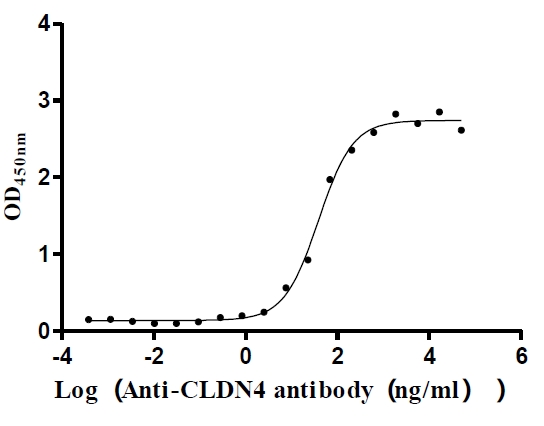
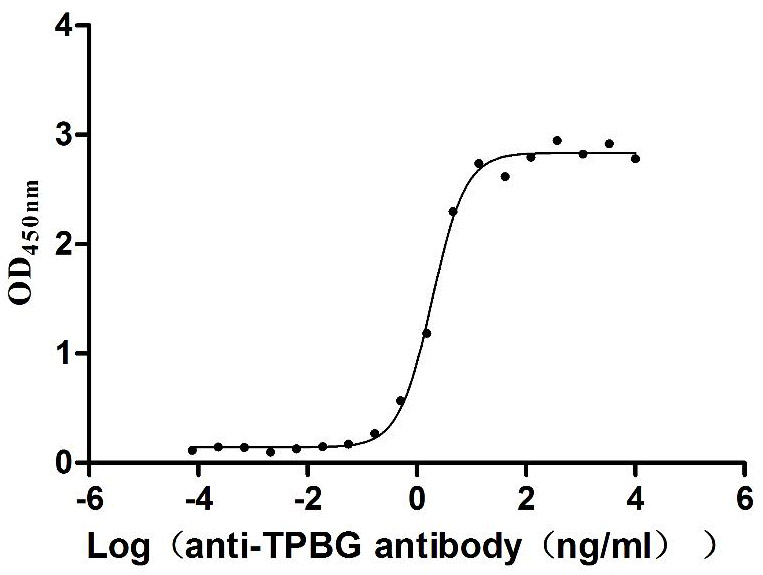
-AC1.jpg)
